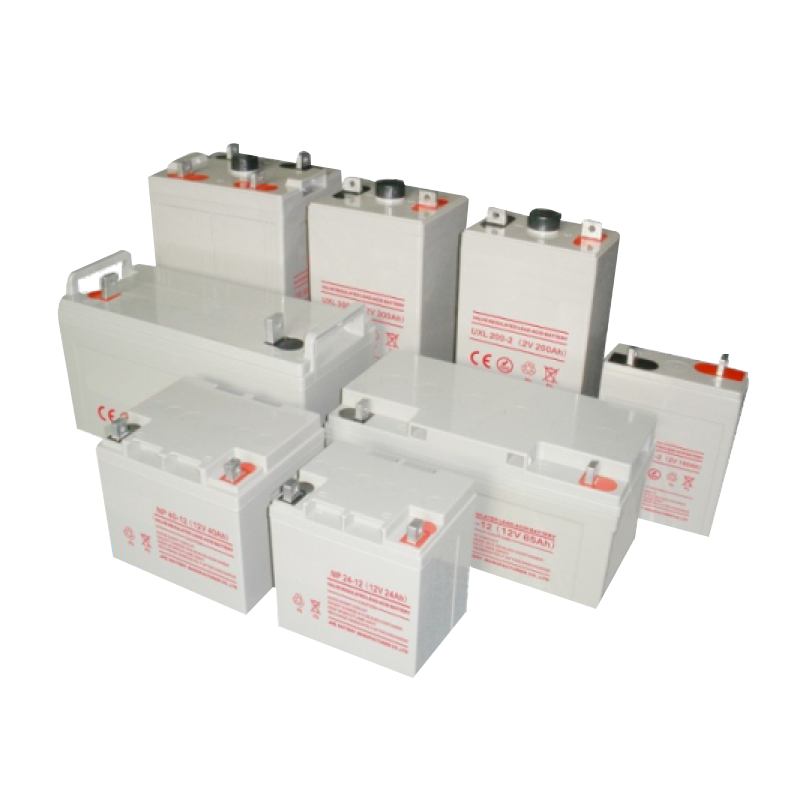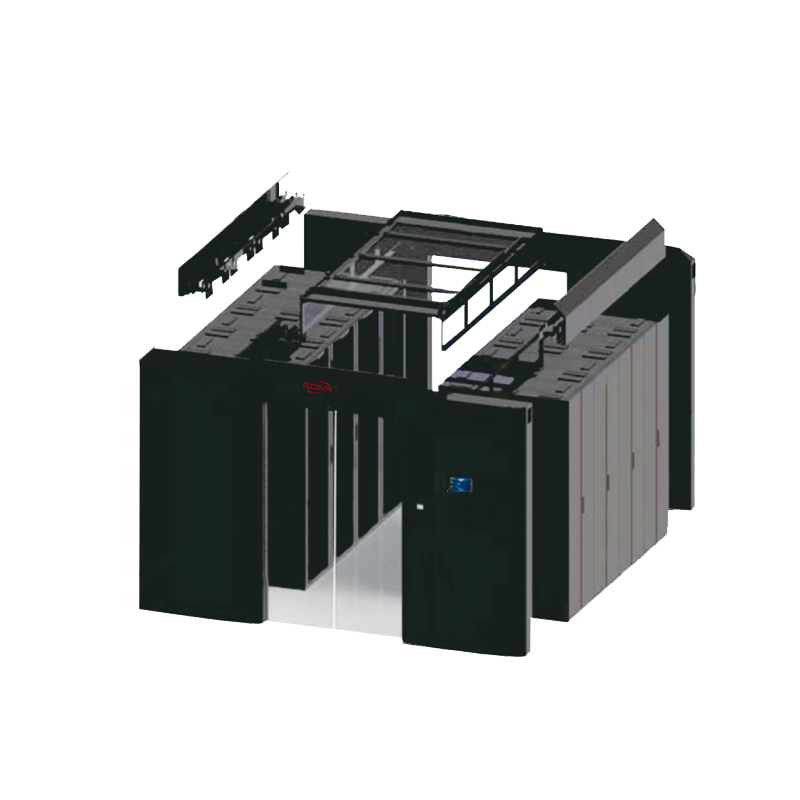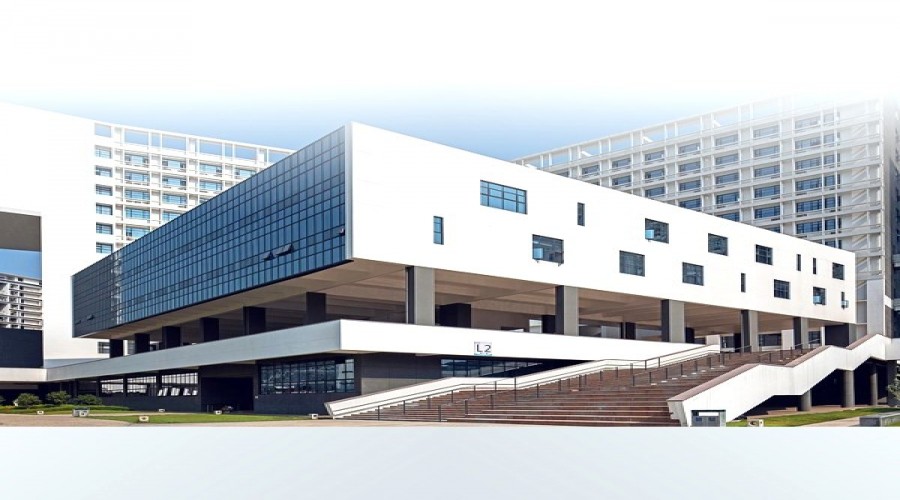 Language
LanguageUPS power supply for industrial frequency machines is a high-performance power protection device widely used in important fields such as communication, banking, securities, transportation, power, and industry. Its working principle is complex and precise, and through a series of complex conversion and control processes, it achieves stable power supply and power protection for load equipment.
Firstly, the UPS power supply of the industrial frequency machine converts the mains AC power supply into a DC power supply through a rectifier. The rectifier adopts advanced rectification technology and electronic components to convert the sine wave voltage of the AC power supply into a smooth DC voltage. This process is the first step in the operation of UPS power supply, providing a stable DC power supply for subsequent charging and inverter processes.
Next, the DC power supply is connected to the battery pack to provide backup power for the UPS. The selection of battery capacity and performance is crucial, and needs to be reasonably determined based on the load demand of UPS and the power supply situation of the mains. The battery pack is in a charging state when the mains power supply is normal, and serves as a backup power source in case of mains power failure, ensuring that the UPS can continuously supply power to the load equipment.
When the mains power supply is normal, the UPS power supply of the power frequency machine converts the DC power supply into AC power supply through an inverter to supply the connected load equipment. Inverter is the core part of UPS power supply, which uses advanced inverter technology and electronic components to convert DC power into AC power with specific frequency and voltage. This process ensures that the load equipment can obtain stable and reliable power supply.
In addition, the UPS power supply of the industrial frequency machine also has monitoring and control functions. It is equipped with control circuits and monitoring equipment internally, used for real-time monitoring of the status of the power supply and the operation of the UPS system. When a mains power failure is detected, the control circuit will immediately switch the UPS system to backup battery power to ensure continuous power supply to the load equipment. At the same time, UPS also has various protection functions, such as overvoltage protection, undervoltage protection, over temperature protection, and short circuit protection, to ensure the safe and stable operation of the power system.
In addition, the industrial frequency UPS power supply also adopts advanced digital control technology, which improves the capacity, reliability, and performance stability of the power supply. Through high-speed microprocessors and programmable logic devices, precise control of circuit control, parameter setting, and operation management has been achieved, enabling self inspection and fault analysis of all independent circuit connections on the circuit board. Meanwhile, digital control technology can also convert digital signals into extremely pure and stable sine wave voltages, ensuring ultra stable operation of the system.
In general, the working principle of industrial frequency UPS power supply involves multiple links such as rectification, charging, inversion, monitoring, and control. Through this series of complex conversion and control processes, UPS power supply can provide stable and reliable power supply to load equipment, and quickly switch to standby power supply in case of mains power failure, ensuring the continuous operation of load equipment. At the same time, the application of digital control technology has improved the capacity, reliability, and performance stability of power supplies, providing strong power protection for network office environments in various industries.







































































